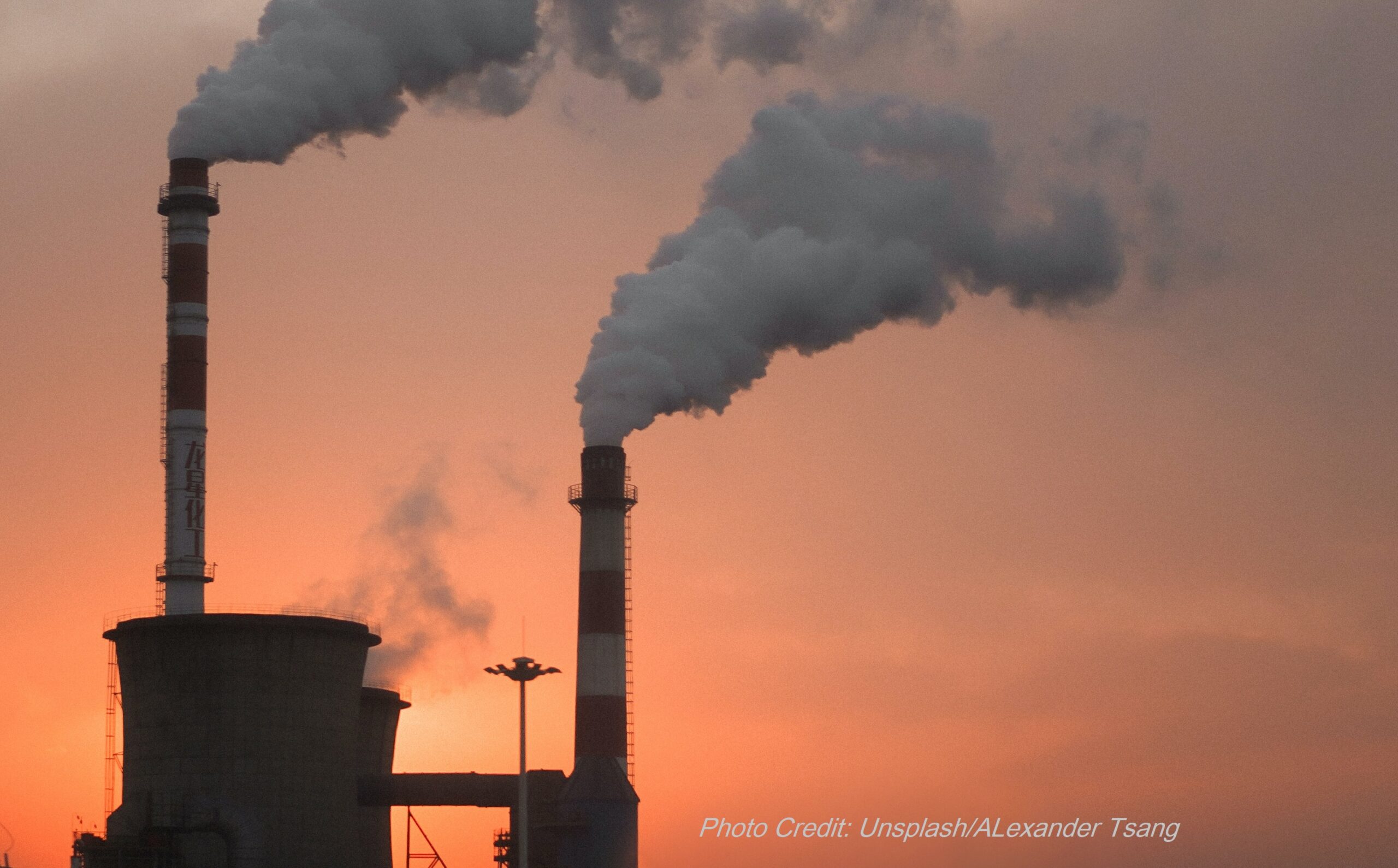Haze and air pollution negatively affects the air quality in national parks and wilderness areas across the nation – this same pollution also causes health problems for visitors and nearby communities. The Clean Air Act requires states to implement plans every ten years to steadily reduce haze pollution in protected national parks, wildlife refuges, and wilderness areas (called Class 1 areas). This program is called the Regional Haze Rule. Right now, states are updating their plans for the Regional Haze Rule and are required to turn them in to the EPA by the end of July 2021.
Georgia has 3 Class 1 Wilderness Areas: the Cohutta Wilderness, Okefenokee Swamp, and Wolf Island National Wildlife Refuge. Georgia also has many power plants, paper mills, and other industrial facilities that create air pollution and haze near our 3 Class 1 areas and nearby communities.
The National Parks Conservation Association (NPCA) had an independent modeling expert analyze the methods and results of the VISTAS (Visibility Improvement State and Tribal Association of the Southeast) used by the 10 states in the Southeast to develop their Haze plans.
The NPCA report found major flaws. Through the VISTAS analysis, states set such high thresholds that in Georgia they ended up only choosing to review 3 sources instead of 37 sources identified by the NPCA. Across the Southeast states VISTAS only identified 33 sources out of 342 identified by the NPCA. Sources that the NPCA found that were ignored included coal-fired power plants, pulp & paper mills, cement factories, oil and gas facilities, glass manufacturing, and chemical facilities. The VISTAS analysis also undercounted some air pollutants and completely ignored other air pollution. In the Southeast, the sources the VISTAS ignored collectively produce 340,000 tons of nitrogen oxides and 180,000 tons of sulfur dioxide. This is a serious undercount.
Sulfur dioxide is the air pollution that was undercounted. It causes health problems on its own, is a primary component of haze and contributes to particle air pollution. Sulfur dioxide damages lungs and can cause trouble breathing for anyone. It is especially bad for people with asthma. The particulates that come from sulfur dioxide have their own set of health problems.
Nitrogen oxides are dangerous to public health on their own and contribute to the formation of haze. NOx was completely omitted from state consideration based on the outdated data inputs used in the VISTAS analysis. NOx causes 1.6% of all deaths in the U.S. They also contribute to both ozone and particulate formation, so they cause many additional health problems by increasing other kinds of air pollution.
The VISTAS analysis also didn’t count particulate matter (PM, particle pollution) or Volatile Organic Compounds (VOCs). Particle pollution causes many health problems, affecting every organ in our body: lungs, heart, brain, kidneys, and more. VOCs are often carcinogenic, and they also contribute to the formation of ozone in addition to haze.
The NPCA report found that 90% of the ignored pollution sources are in communities where many people live below the poverty line, and 20% are in communities of color. This causes health problems in already over-burdened communities, exacerbating disparities. It’s not just a problem for the parks, but for nearby communities as well.
The NPCA is asking Southeast states to go above and beyond the VISTAS analysis for their source selection, emission reduction requirements and development of implementation plans for the Haze Rule. Not only will this make the air in parks clearer, it will improve the health in nearby communities. With better air quality, more visitors will come which will help the economy near the parks. It’s good for everyone – park visitors, people who work in the park, and nearby communities.





